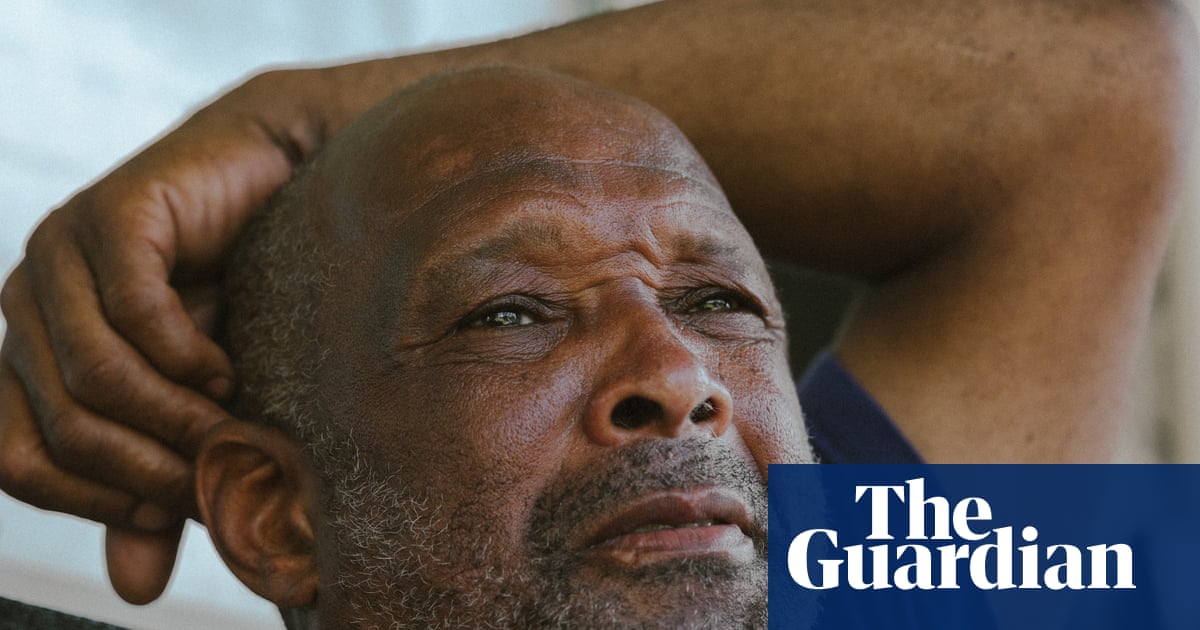
"Darren McKinney grew up in New Orleans's Lower Ninth Ward. When Hurricane Katrina struck 20 years ago this week, he watched his neighborhood wash away. From his second floor apartment, he saw flood waters rise up to his window. I had no food at all, no water, no electricity, he recounted one rainy day this month, while taking a break from his job leading home restoration in the neighborhood as field operations director of the non-profit lowernine.org."
"After being trapped inside for four days, city officials rescued McKinney in a boat and dropped him off on a nearby bridge. He was told a military truck would bring him to an emergency shelter in the city's superdome, but a vehicle never arrived because the shelter reached capacity. He was forced to walk to an evacuation point downtown. You had to fend for yourself, he said. There just wasn't enough shelter, wasn't enough support."
"During his stay in the temporary home, he began to hear news reports that some Fema trailers were found to have high levels of the harmful chemical formaldehyde. With nowhere else to stay, he tried to ignore those reports. What could you do? he asked. The federal response to Katrina, particularly by Fema, came under intense scrutiny after the hurricane, which killed at least 1,833 people."
Darren McKinney grew up in New Orleans's Lower Ninth Ward and watched his neighborhood wash away when Hurricane Katrina struck 20 years ago. From his second floor apartment he saw flood waters rise to his window and endured four days trapped inside with no food, water or electricity before being rescued by boat and left on a nearby bridge. Promised transport to the Superdome, he instead walked to an evacuation point and later evacuated to Houston. Returning months later, he found his home badly damaged and lived in a FEMA trailer while hearing reports of high formaldehyde levels. The federal response, particularly FEMA's, drew intense public scrutiny and local anger.
Read at www.theguardian.com
Unable to calculate read time
Collection
[
|
...
]